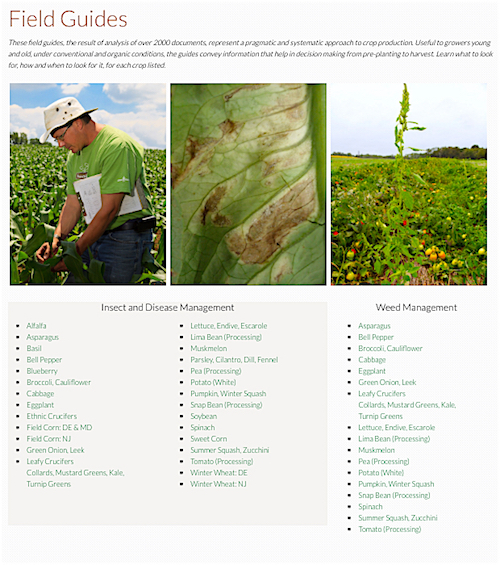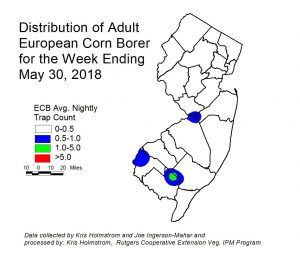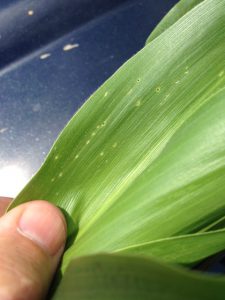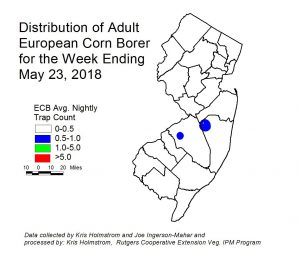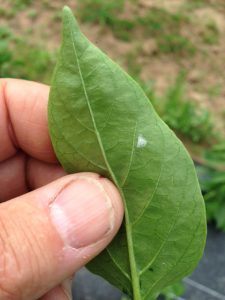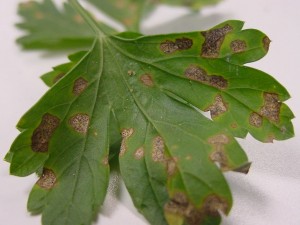County Agricultural Agents, Michelle Infante-Casella and Hemant Gohil have a new office location in Gloucester County. The Rutgers Cooperative Extension (RCE) Office in Gloucester County relocated last week. The new location is now at the Shady Lane County Complex, 254 County House Road, Clarksboro, NJ 08020. The entrance is on the right side of the main 3-story brick building, under the numbers 254; follow the sidewalk with gray brick pavers.

Entrance to the RCE of Gloucester County Offices down the sidewalk on the right.
The office also has a new phone number and Agricultural Agents and other staff can be reached at 856-224-8040 (Agriculture and Natural Resources is extension 1). This new complex provided by Gloucester County offers more office space and multiple options for educational programs. To the left side of the complex is a 4-classroom building, formerly the Gloucester County Fire Academy, that is now operated by Rowan College of Gloucester County, that can be utilized for extension education and other county-related events. The main office building has 3 conference rooms for small group meetings. RCE will still have access to the main auditorium at the former facility in Clayton. For more information about Rutgers Cooperative Extension of Gloucester County see http://gloucester.njaes.rutgers.edu.
 Articles in this section contain information helpful to the NJ commercial organic grower.
Articles in this section contain information helpful to the NJ commercial organic grower.